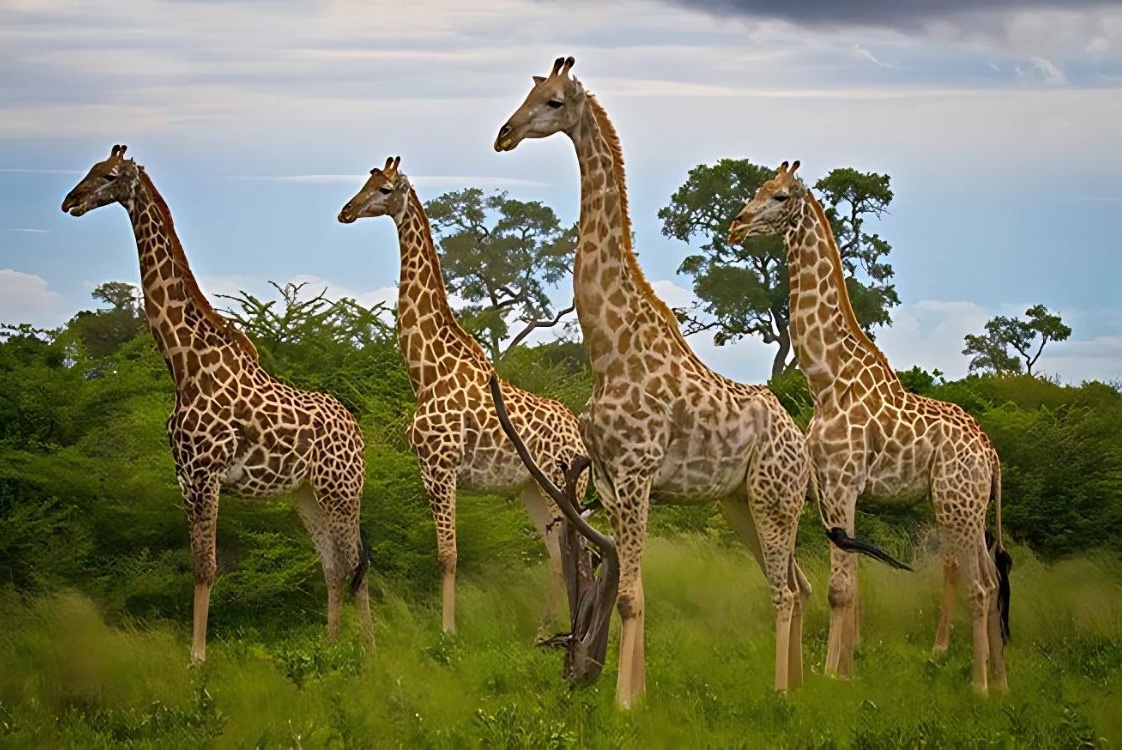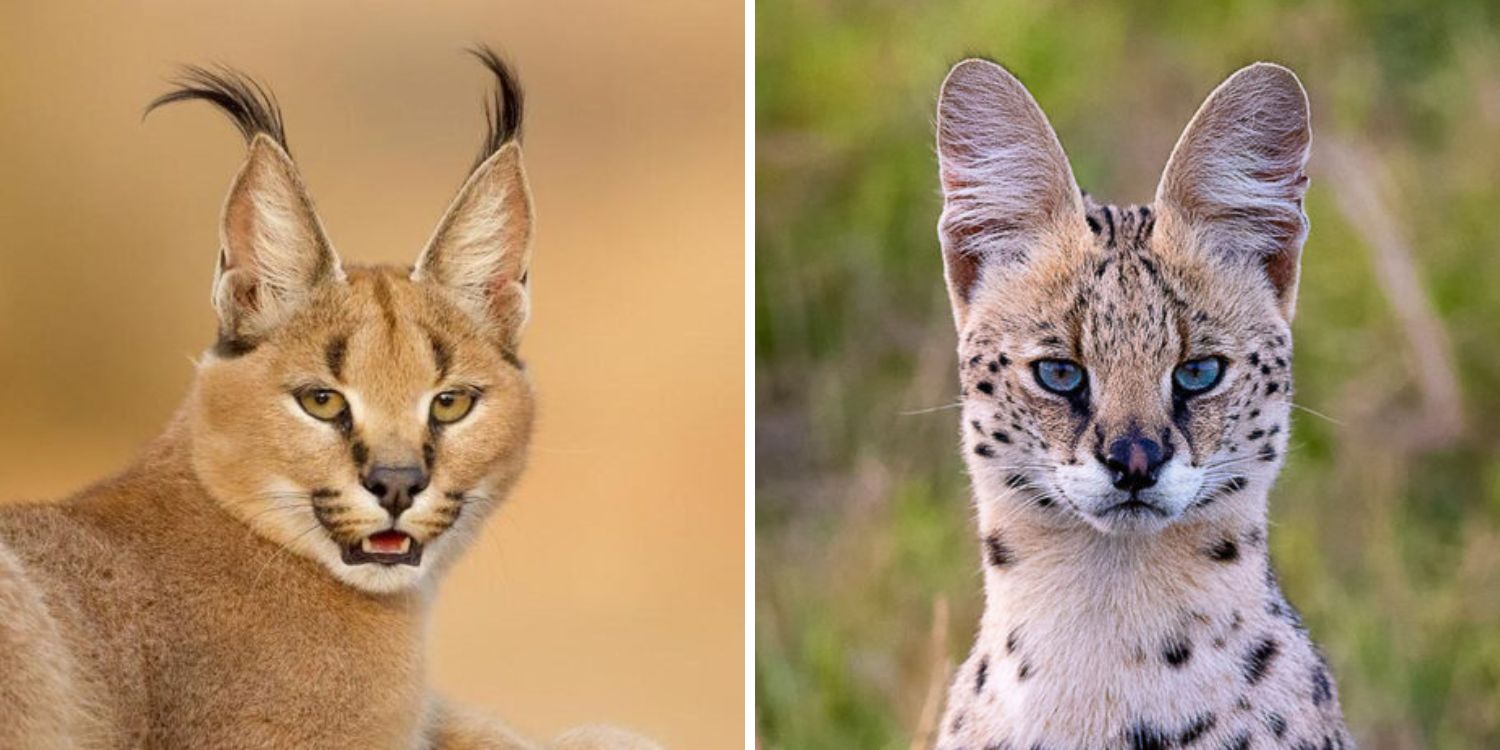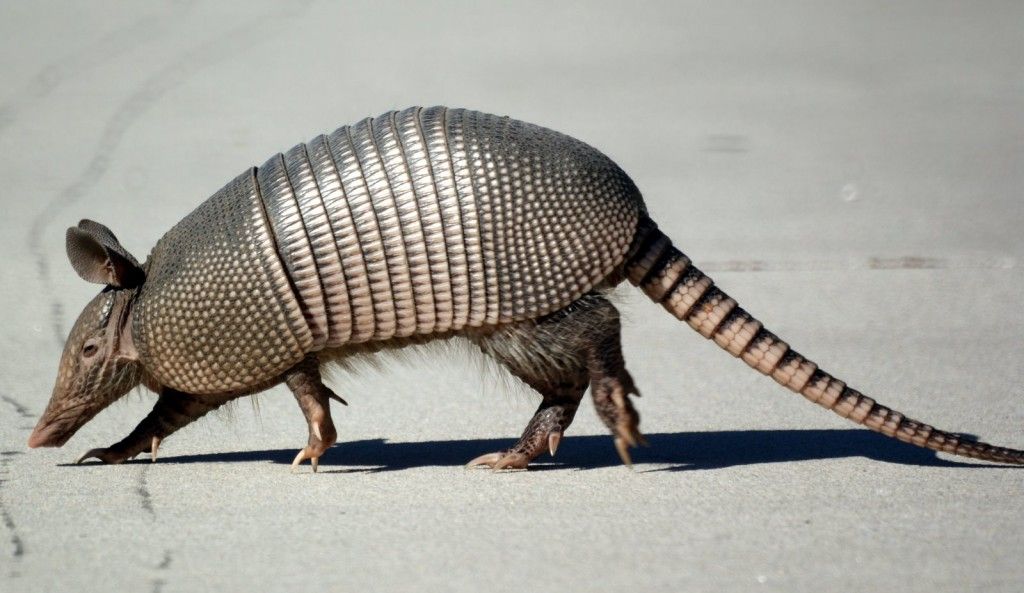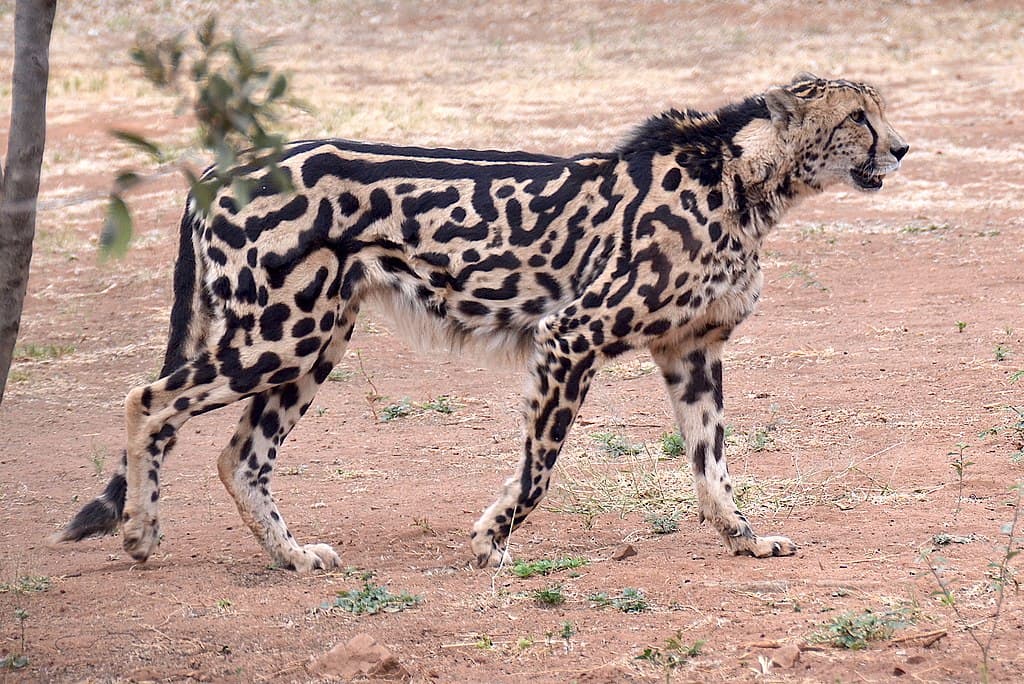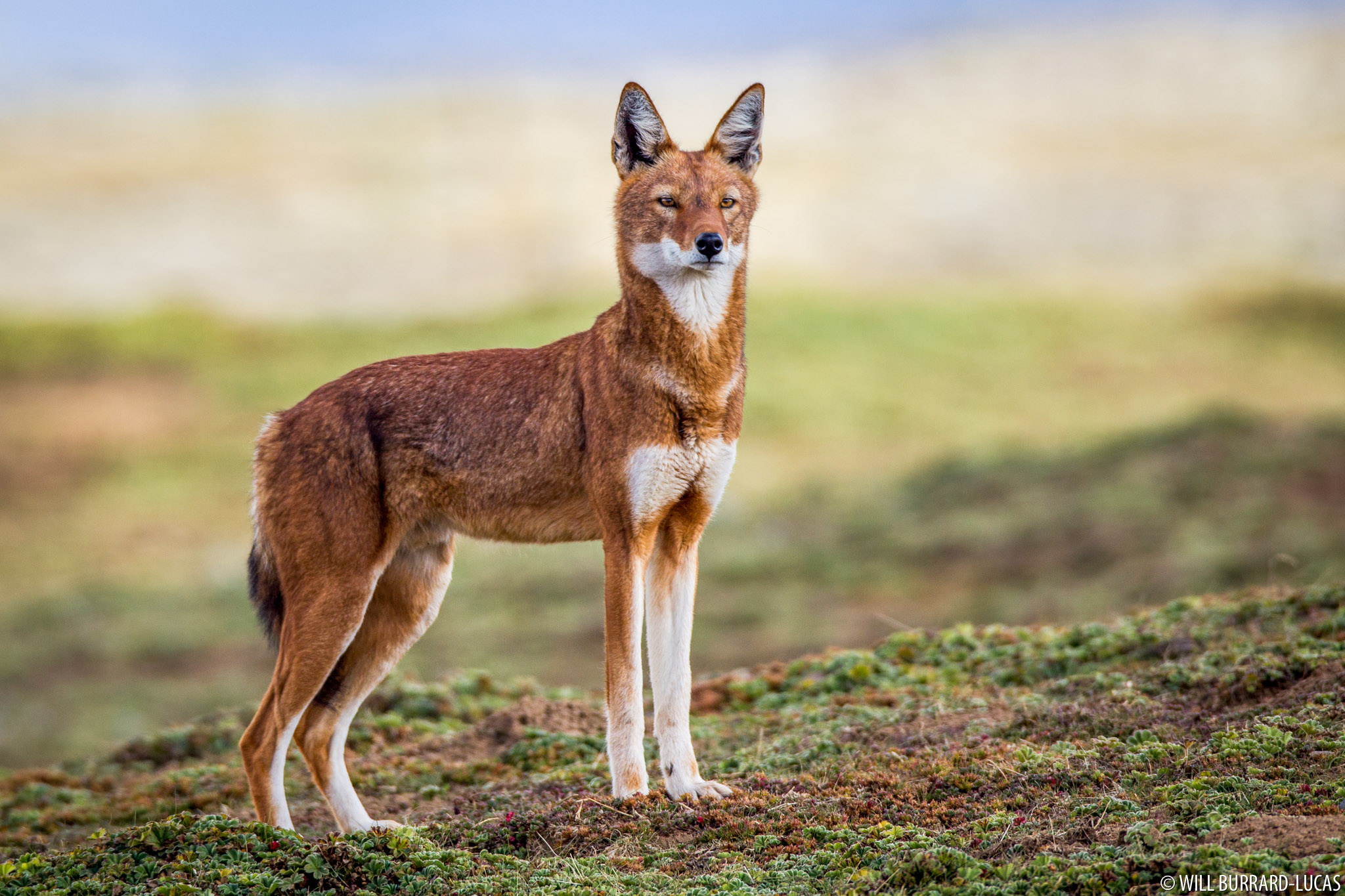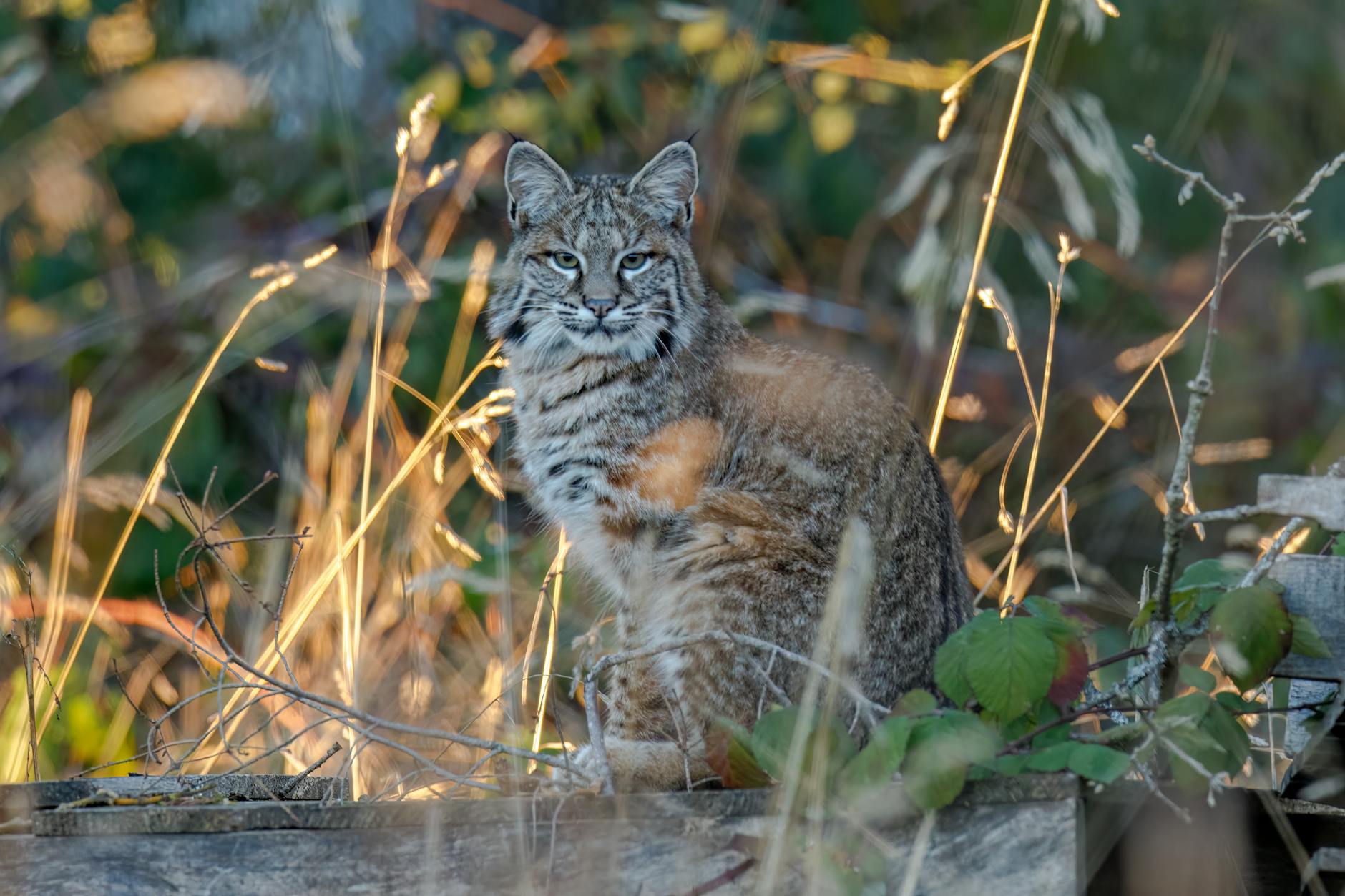
Sleek, stealthy, and surprisingly adaptable, the bobcat (Lynx rufus) is one of North America’s most widespread wildcats. Often overshadowed by its larger cousins like the mountain lion or lynx, the bobcat is a formidable predator in its own right, thriving from the forests of Canada to the deserts of Mexico—and even in the suburbs.
What Is a Bobcat?
Bobcats are medium-sized wildcats, about twice the size of a housecat. They typically weigh between 15 to 35 pounds and are known for their short “bobbed” tails, from which they get their name. Their coats are usually tawny or grayish-brown with dark spots and streaks that help them blend into varied environments. Long legs and tufted ears give them a slightly lynx-like appearance—unsurprising, since they’re close relatives.
Masters of Adaptation
What makes the bobcat so successful across such a wide range of habitats? Adaptability. Bobcats live in forests, swamps, deserts, mountains, and even near urban edges. They’re solitary and primarily nocturnal, hunting under cover of darkness to avoid people and other predators. Their diet is just as flexible: from rabbits and rodents to birds, reptiles, and even deer fawns, bobcats will eat what’s available.
Stealth Hunters
Don’t let their size fool you—bobcats are skilled hunters. They stalk prey silently, then pounce with precision. Thanks to powerful hind legs and sharp claws, a bobcat can leap over 10 feet in a single bound. Their hearing is excellent, aided by tufts on their ears that may help funnel sound. They’re also agile climbers and swimmers, though they usually prefer to hunt on the ground.
Rarely Seen, Often Nearby
Despite living near humans, bobcats are rarely seen. They’re shy and elusive, usually avoiding confrontation. In some regions, people are surprised to discover that a bobcat has been living quietly nearby for years. Wildlife cameras often reveal their presence long before human eyes ever do.
Conservation and Coexistence
Bobcats are currently listed as “Least Concern” by the IUCN, thanks to their large range and healthy populations. However, they face threats from habitat loss, vehicle collisions, trapping, and illegal hunting. Some U.S. states allow regulated bobcat hunting or trapping, which remains controversial among conservationists.
As urban and wild areas continue to intersect, bobcats remind us of nature’s resilience—and the importance of giving wildlife space to thrive.
Fun Facts About Bobcats:
- Bobcats get their name from their short, “bobbed” tail.
- They communicate with yowls, hisses, and scent markings.
- A bobcat’s territory can span up to 30 square miles.
- They can live up to 10-12 years in the wild.
Whether spotted crossing a trail or caught on a backyard trail cam, the bobcat remains a powerful symbol of wildness just beneath the surface of everyday life.
More photos below ↓












Disclaimer: This blog post is for edutainment purposes only and may not be entirely accurate.

